Fish with relatively smaller heads have higher yields
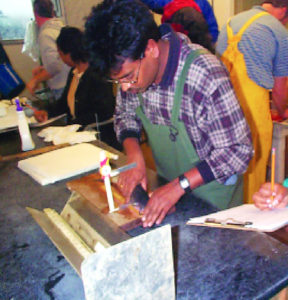
Processing yield is one of the most desirable traits that can be improved by selective breeding, because increased yields improve profits for processors. Identification of the subcomponents of dressing percentage and a better understanding of their relationships to live measurements should allow more efficient selection for dressing percentage in fish.
Channel catfish is the most extensively cultured fish species in the United States. According to a U.S. Department of Agriculture report, about 300 million kg of the Ictalurus punctatus catfish were processed in 2003. An increase of 1 percent in processing yield would result in an additional 2.72 million kg worth U.S. $14 million. Based on the above, the authors proposed a selection program to reduce the head size relative to the body weight of channel catfish to improve processing yield. The program was undertaken at Gold Kist Aquaculture Research Center in Inverness, Mississippi, USA.
Head weight prediction
The head weight of harvest-size channel catfish (14 to 18 months old) varies 27.1 to 32.8 percent of body weight. Since channel catfish with relatively smaller heads yield higher processing yields, a selection index based on head proportions was developed to predict the head weight of harvestable fish. The selected food fish would be raised as broodfish following standard protocols. Progeny from these broodfish would inherit the trait of a proportionately smaller head. Four morphometric traits that describe the proportional shape and size of a fish’s head were measured in 1,200 randomly selected fish. Rank correlation between actual and predicted head weight was 0.96, and a selection index was developed to predict the head weight of the fish (coefficient of determination = 0.93). A forward regression procedure was adopted to develop a prediction equation for head weight. Equations were pooled within subclasses to eliminate the effects of strains, ponds, and sex. The variables with the highest residual correlation were added to the prediction equation.
Breeding program
Four head traits were measured in 2-year-old channel catfish from a strain with the best processing yield to predict the head weight and select catfish with less than 28.5 percent predicted head weight. This group was labeled PY. A control group from this strain – NOPY, with no selection pressure applied – had an average predicted head weight of 28.5 percent. The NOPY group was needed to determine the genetic gain achieved in PY in every generation. From this selection index, 5,844 PY fish and 4,166 NOPY fish were selected. These animals were raised in replicated 1-ha ponds for a year following standard broodfish-raising procedures.
Program evaluation
As 3-year-olds, channel catfish in the PY and NOPY groups were selected based on secondary sexual characters for breeding. PY broodfish were stocked in four 1-ha ponds and NOPY broodfish were stocked in six 1-ha ponds. Broodfish in both groups spawned naturally. Eggs were collected and hatched in a hatchery. About 4.5 million PY fry and 6.9 million NOPY fry were stocked separately in ponds and raised for 156 days to fingerlings. PY and NOPY fingerlings of about 45 g were stocked at three farms (I, H, and A) at a density of 16,250 fingerlings per hectare. PY fingerlings were stocked in nine ponds, and NOPY were stocked in 12 ponds. At the end of one feeding season, food fish from both the groups were harvested and processed in processing plants.

Results
Results showed that production characteristics – feed conversion, survival, and growth – were not significantly different (P > 0.05) between the PY and NOPY groups. However, the mean dress yield for the PY fish was 64.78 ± 0.57 S.D., higher than the 62.80 ± 1.43 mean for NOPY fish. PY and NOPY food fish produced at farm I were individually measured for head morphometrics and processing yield. The fish ranged 681 to 1,362 grams, and 200 individuals from each of the two groups were randomly selected and processed at the USDA Catfish Genetics Processing Laboratory in Stoneville, Mississippi, USA. The fish were measured for head morphometrics and their heads were removed for comparisons. Head and dress weights were determined for individual fish in both groups. Results showed that at the end of one generation of selection, the head weight of the PY fish decreased by 1.6 percent compared to NOPY. The dressing percentage of PY fish increased by 1.3 percent, which correlated to an increase of 1.1 percent in fillet yield compared to the NOPY fish. (Editor’s Note: This article was originally published in the December 2005 print edition of the Global Aquaculture Advocate.)
Now that you've reached the end of the article ...
… please consider supporting GSA’s mission to advance responsible seafood practices through education, advocacy and third-party assurances. The Advocate aims to document the evolution of responsible seafood practices and share the expansive knowledge of our vast network of contributors.
By becoming a Global Seafood Alliance member, you’re ensuring that all of the pre-competitive work we do through member benefits, resources and events can continue. Individual membership costs just $50 a year.
Not a GSA member? Join us.
Authors
-
Nagaraj Chatakondi, Ph.D.
Director of Hatchery Operations
Eagle Aquaculture Inc.
339 Aqui Lane
Pike Road, Alabama 36064 USA[109,111,99,46,97,117,113,97,101,108,103,97,101,64,105,100,110,111,107,97,116,97,104,99,46,106,97,114,97,103,97,110]
-
Roger D. Yant
Hybrid Catfish Co.
Inverness, Mississippi, USA -
Richard H. Towner
GenTec Consulting
Payette, Idaho, USA
Related Posts
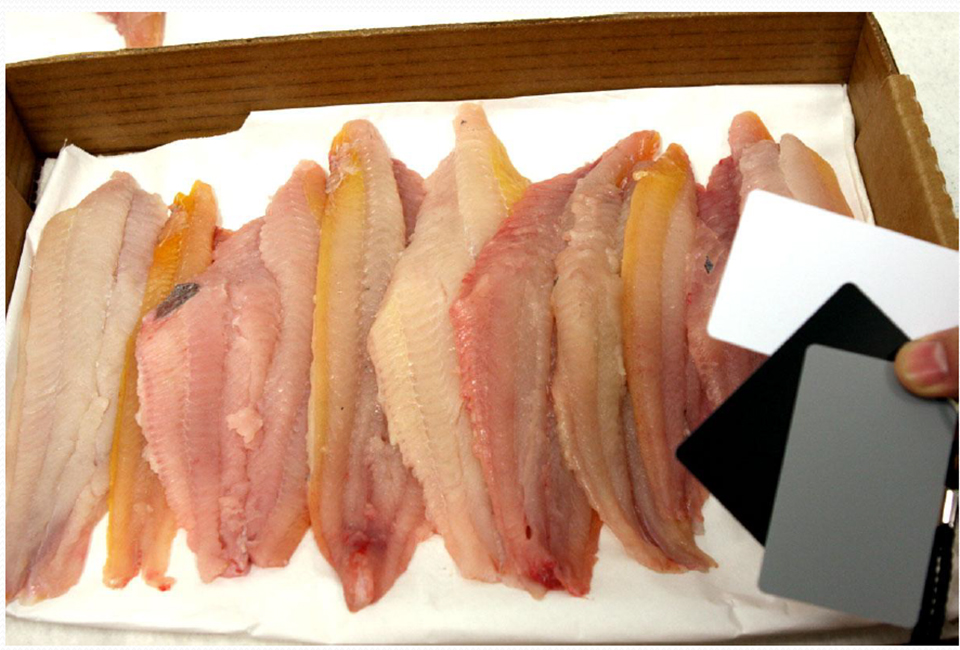
Innovation & Investment
Assessing coloration in channel catfish fillets
Because consumers look at color to gauge quality of catfish fillets, the authors developed a digital photography measurement method to assess yellowness.
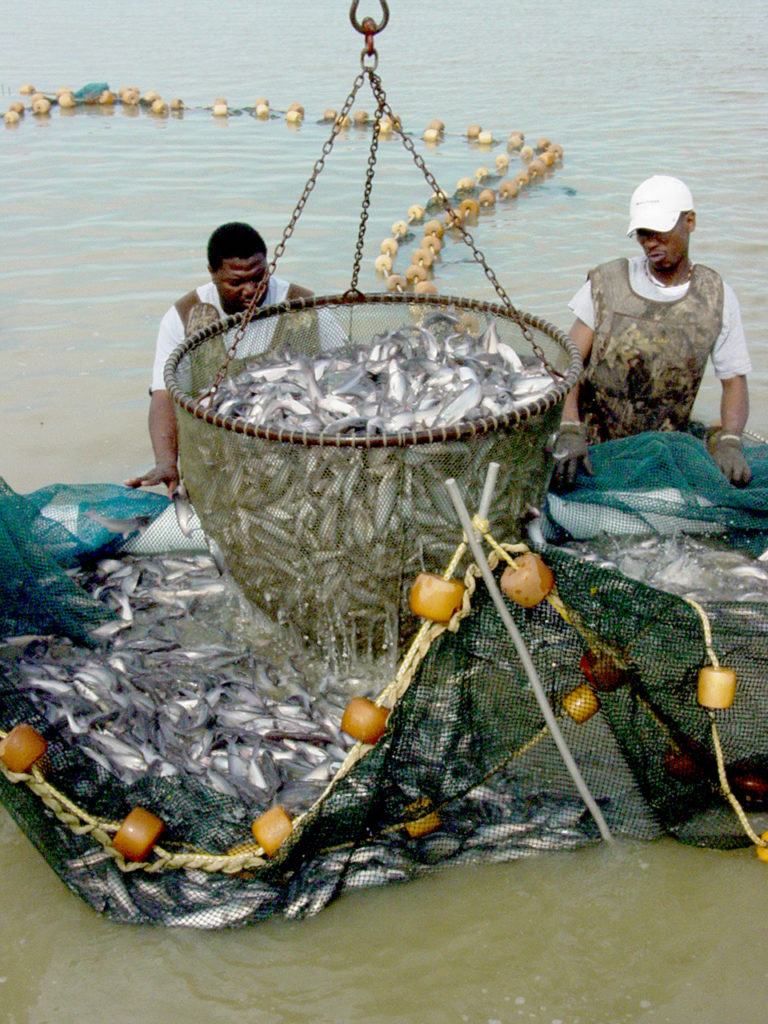
Intelligence
Common off-flavors in channel catfish following partial pond harvest
The authors conducted a study to determine whether channel catfish systematically develop off-flavors after partial harvest as well as the possible origins of the flavors.
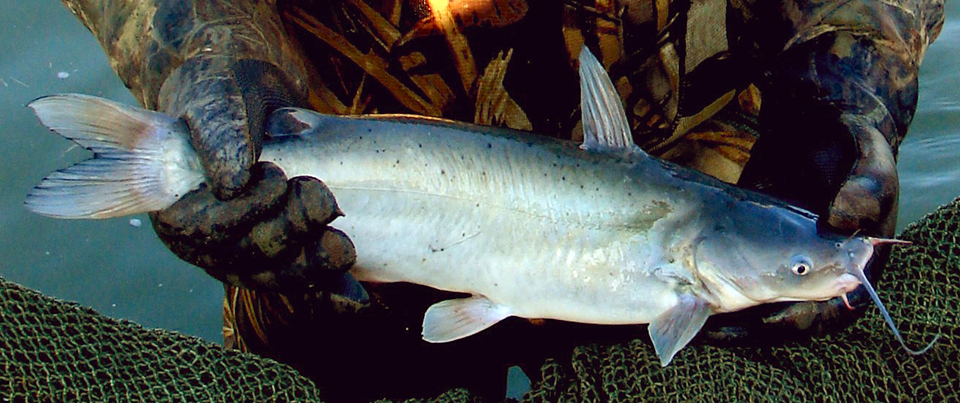
Health & Welfare
Hybrid catfish offer performance advantages for U.S. farmers
Hybrid catfish offer production advantages over channel catfish. Trials show greater survival, faster growth and shorter production cycles.
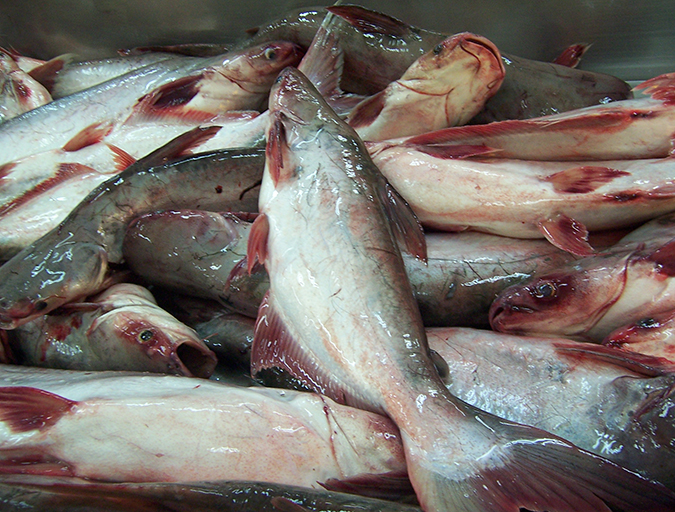
Intelligence
Risk v. hazard: A dispassionate look at pangasius
Vietnam’s pangasius industry captivated the global seafood industry, environmental organizations and the mass media. A scientific look at harmful substances detected in exported fillets and the reporting of the associated health risks through the media finds wide disparities.


